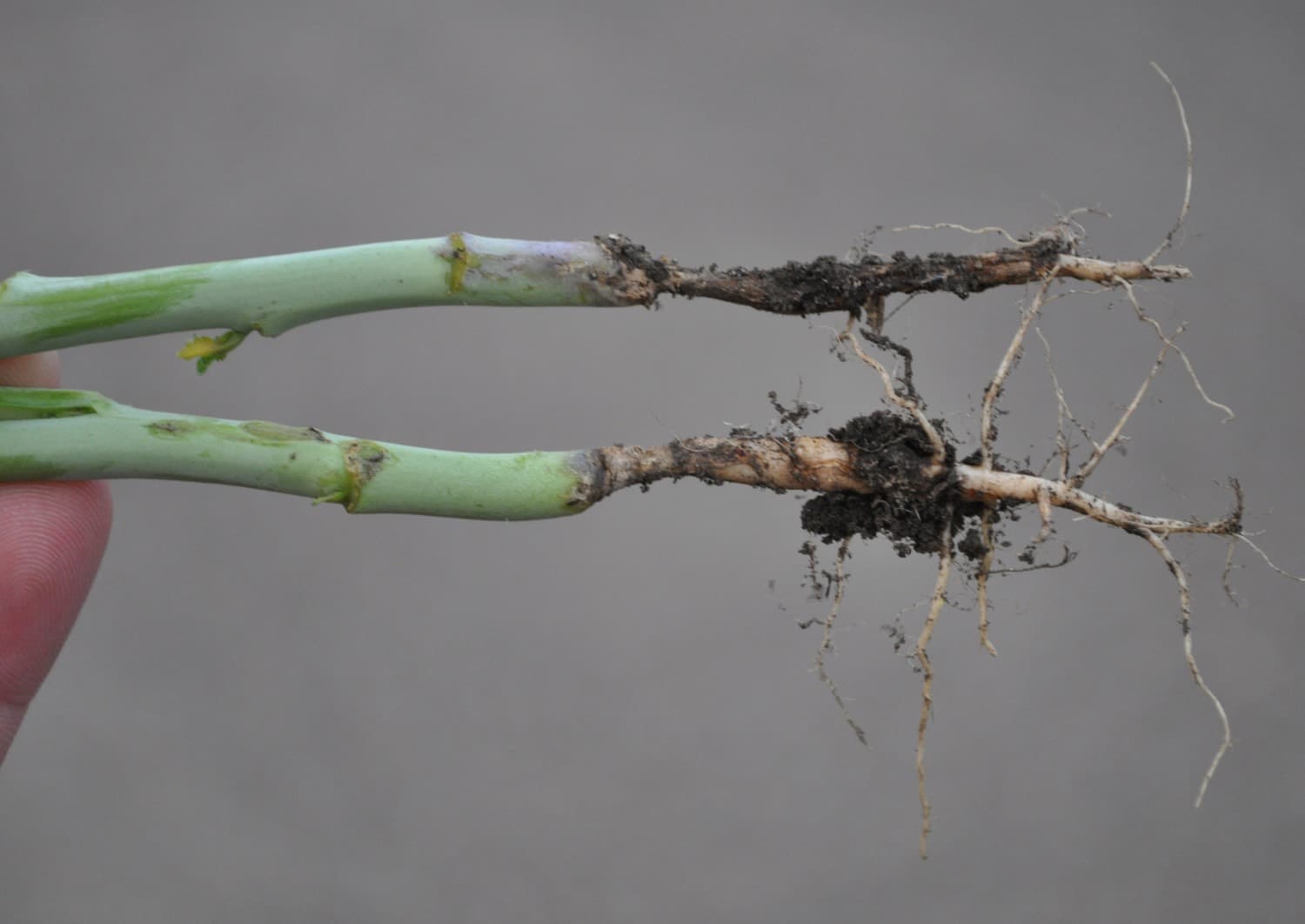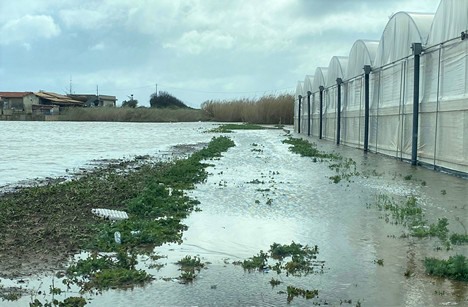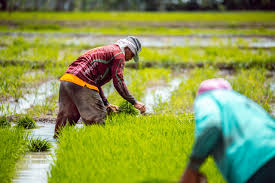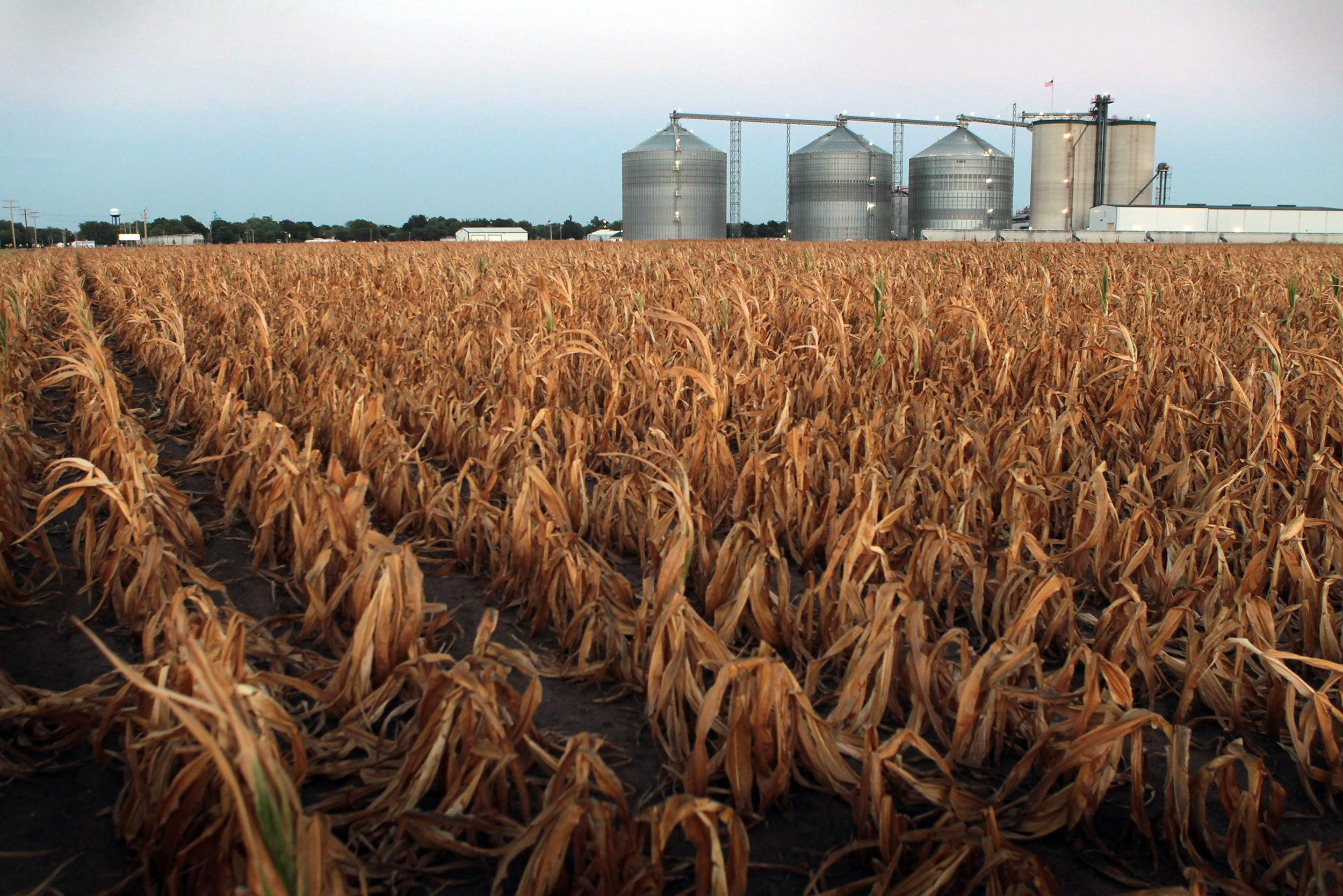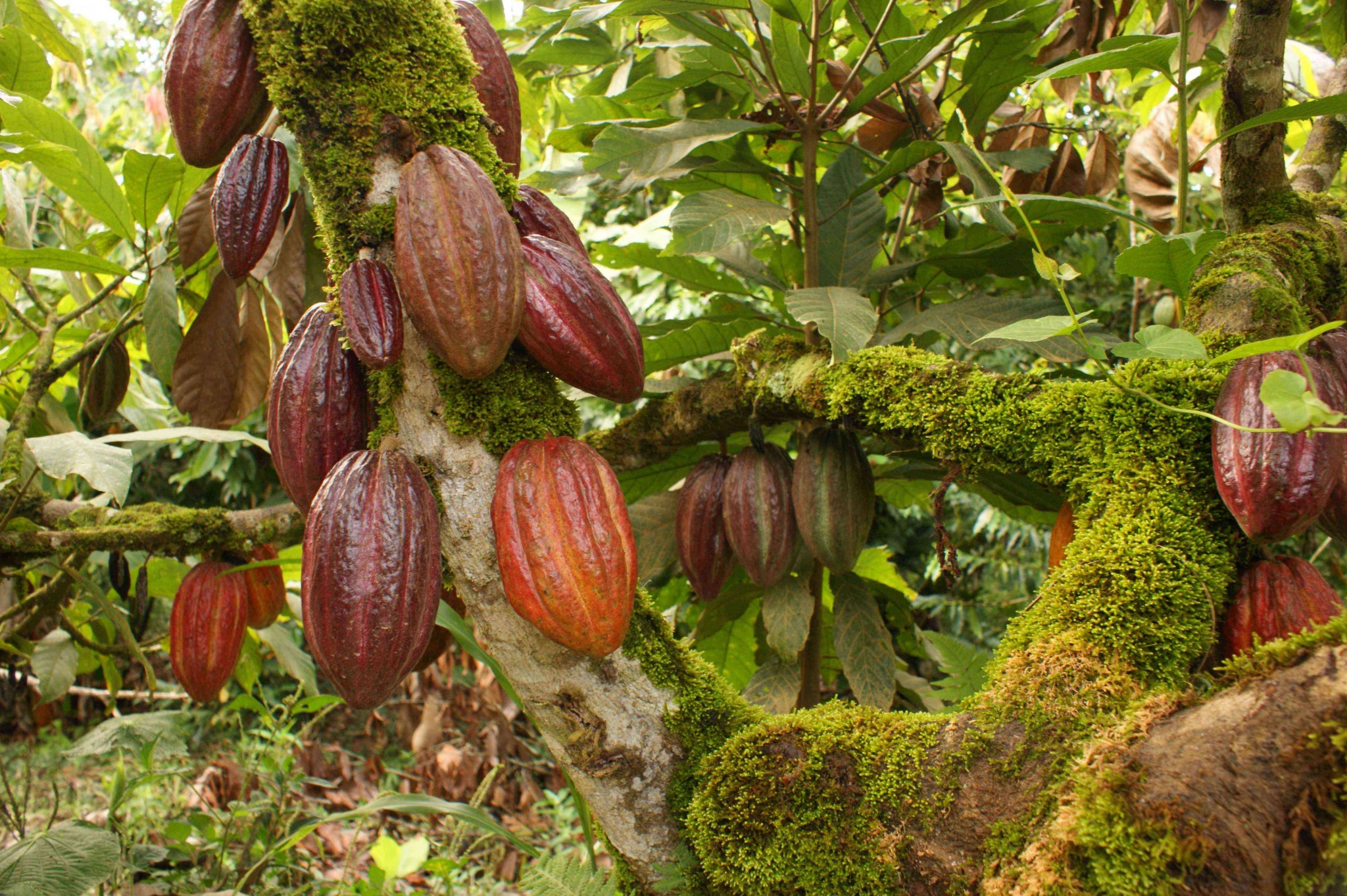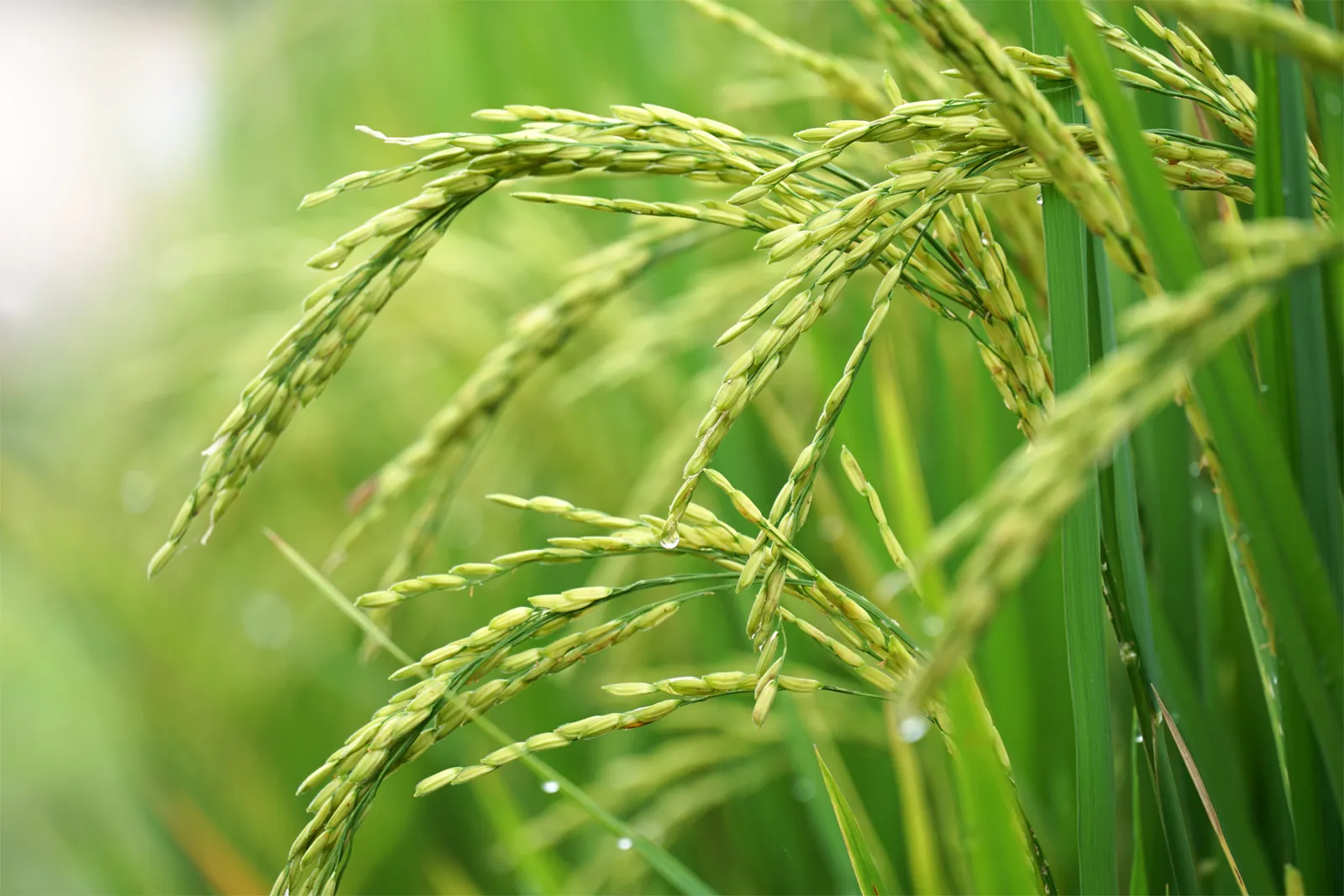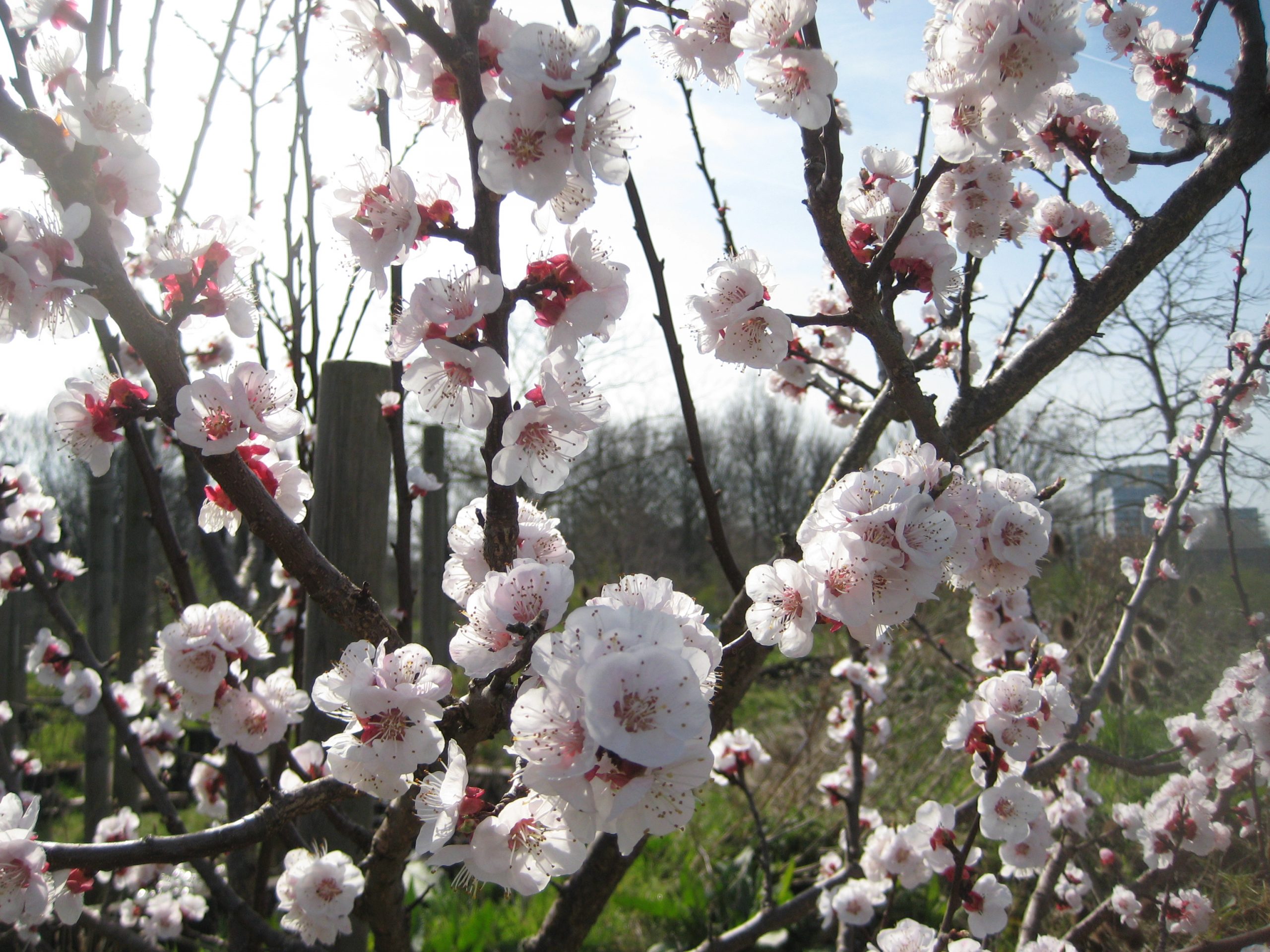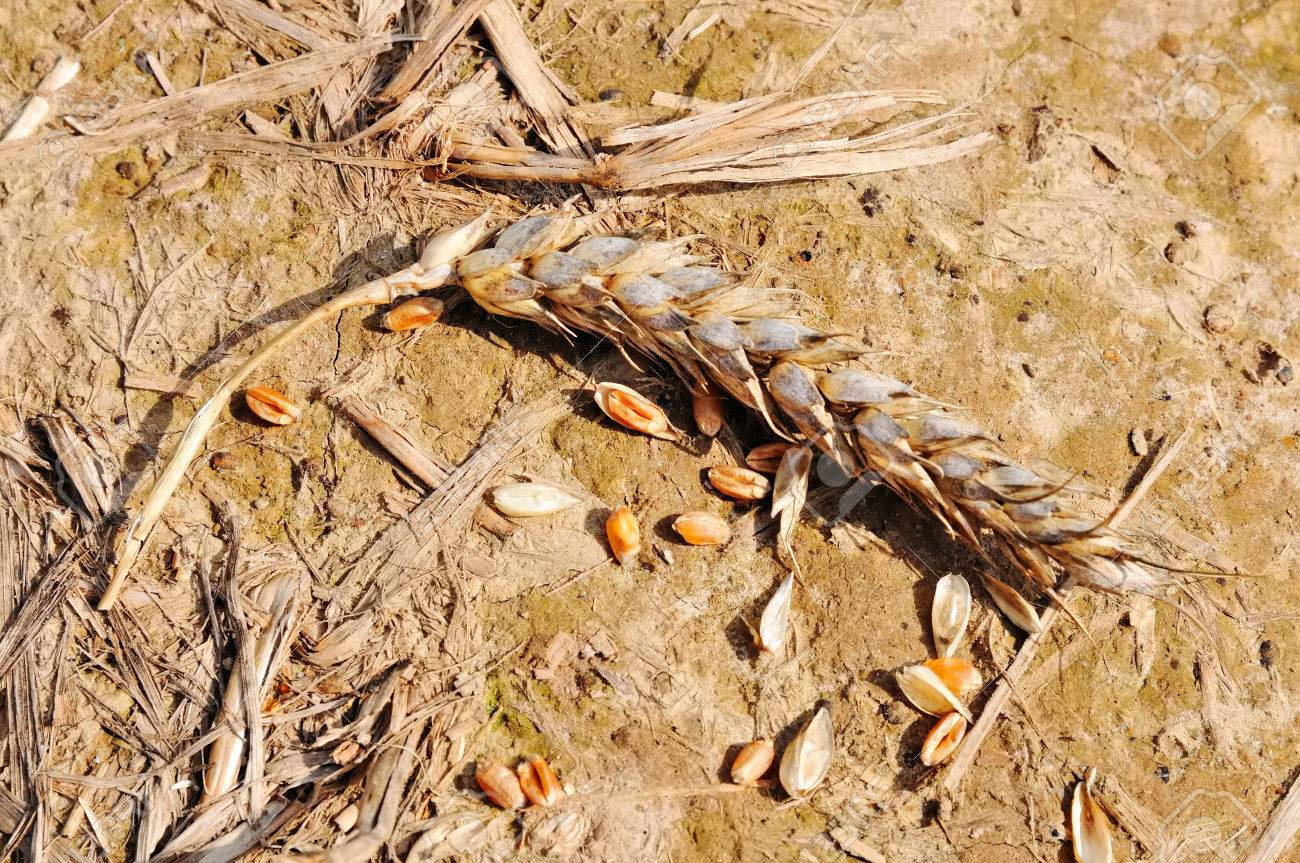Ukraine - Farmers harvest smaller crops due to drought
10.09.2020 193 views
This year the drought gave up the hopes of the country's farmers to break the records of previous years in grain harvesting as a bad job. The weather factor has hit all crops without exception - from wheat to corn and sunflower. The harvest of the latter is expected to be 1 million tons less than last year. It would amount to 14 million tons against 15.25 million tons in 2019, Natalia Bilousova, chief editor of AgroPolit, said.
“This year, almost all farmers have a difficult harvest situation. If we take the south of Ukraine, there is an extremely difficult situation. Due to the drought, the crops have suffered greatly, in some places they have not grown at all. Unfortunately, this led to double losses on farms, mainly in the Odesa region. The situation in central Ukraine is also not very good, but not as critical as in the south. The situation in the western regions is more or less successful, in comparison with other regions, but the farmers tell about the poor quality of rapeseed and barley,” Oleksandr Nikolenko, the director of OKKO Agrotrade told 112.ua (the company works mainly with small and medium-sized farms, which is about 300 regular users of the forward program, under which farmers receive p resources (mineral fertilizers, fuel, natural gas), calculated by the products of the future harvest).
Taking into account the current situation, the crop forecasts have been revised downward. “Due to the drought in the central and southern regions, we expect that about 200,000 hectares of 5 million hectares of maize will not be mowed. Taking into account the less affected areas, the gross crop yield is expected at 35.5 million tons. It is less in comparison with 38 million tons of the last year, but this is the second result since independence,” Mykola Horbachov, the head of the Ukrainian Grain Association (UGA), assured.
According to Bilousova, the corn harvest is expected to be even lower – 33 million tons. UGA's figures are always more optimistic since the Association traditionally represents the interests of exporters who fear the imposition of export restrictions due to a worsening harvest performance and a rush in prices.
But even according to the optimistic estimates of UGA, the amount harvest of the main crop for food security – wheat – would be lower than in the last year: 26.6 million tons against a record 28 million tons last year. UkrAgroConsult forecasts 25.9 million tonnes. "The quality of food wheat of the current harvest is much better. Gluten and protein content are very good. The percentage of fungal attack due to high temperatures is much lower," Horbachov said. In this regard, this year, about half of the harvested wheat will be mainly food. Against the background of these expectations, in a number of regions, since the middle of summer, there has been a shortage of feed wheat (intended for fattening farm animals).
The final figures for crop losses due to drought will be known after the harvest is completed. Those who want to lull the vigilance of farmers and force them to sell all the grain at the start at a knocked down price are reassuring with stories about a "good harvest", warned Natalia Bilousova.
Zelensky urges to respond to climate change
The level of seriousness of the current situation in the agricultural sector is indicated by the fact that President Volodymyr Zelensky is concerned about the situation. During a visit to the Kirovohrad region, the president said that a long-term response is needed to the drought of 2020, which negatively affected the harvest. Judging by the long-term climate changes not only in Ukraine but also on the planet as a whole, this may become a problem for more than one year, he noted.
It is very strange that Zelenskiy came to such a serious conclusion only this year. The Ukrainian hydro-meteorological center, experts, and officials have repeatedly warned about the problem of warming and the annual increase in average temperatures, which pose a risk to the agricultural area. In mid-2018, the Food and Agriculture Organization of the United Nations (FAO) announced a shocking forecast for Ukraine: according to its data, due to more frequent droughts, losses of our country could soon amount to 70% of the crop.
During our meeting with FAO representatives two years ago, the head of the agrometeorology department of the Ukrainian hydro-meteorological center, Tetiana Adamenko, predicted that at the current rate of increase in the average annual temperature, the effectiveness of precipitation would decrease. “In 10-15 years, we might face the problem that rainfed farming in southern Ukraine will be completely impossible due to insufficient moisture in the soil. There is also a threat of transition of the forest-steppe zone, which is a zone of unstable moisture supply, to the steppe zone. 70% of the territory of Ukraine may become a zone of insufficient moisture supply in a specific period of the year,” Adamenko underlined, stressing that “the problem of the need to ensure irrigation will come to the fore in this situation.”
Then, in 2018, a forecast was announced that “droughts would cover those atypical areas.” The predictions came true. In Kyiv alone, the summer of 2020 was the second hottest in 139 years. The average air temperature was 21.7 degrees, which is three degrees higher than the climatic norm. Six temperature records were set during the summer.
Zelensky urged the Cabinet of Ministers to respond to the effects of the drought. In particular, he publicly instructed the government and the Ministry of Economic Development and Trade to urgently determine what can be done this year to help farmers.
“This year it’s too late to do something. The harvesting company and the sowing of winter crops are already actively underway,” Horbachov explained, noting that if the programs are developed and approved, this will greatly help in the foreseeable future: “Ukraine has been actively increasing grain production in recent years, but climate change is ahead of political decisions. If the authorities moved a little faster, we would not be afraid of global warming and soil erosion.”
Threats posed by the loss of part of the crop
Due to the current situation, a certain part of agricultural enterprises is at risk of becoming bankrupt. No matter how transparent the system of distribution of resources allocated to compensate farmers due to natural disasters is, now the level of losses is so large that state programs are not able to cover even 10% of the needs of farmers, Oleksandr Nikolenko noted.
The Ministry of Economic Development and Trade reported that the agrarians of the Odesa region, where up to 80% of the crops burned down, are unable to pay rent for the shares. Harvests burned in Chernihiv, Poltava, Vinnytsia, Kirovohrad, Odesa regions, Bilousova adds. According to preliminary estimates, drought losses will amount to 0,5 billion USD, says Bilousova. The break-even point for wheat is a yield of at least five tons per hectare: in regions affected by drought, it does not exceed 2 tons. Sunflower - 0.7-0.8 tons, respectively, with an economically viable minimum of 1.5 tons per hectare.
Soil erosion is another major problem in the aftermath of drought. "We have wonderful black soil, but if it is not irrigated, they turn into dust," Horbachov said.
It should be said that erosion is also facilitated by excessive precipitation, which, like drought, is a consequence of climate change.
“There is no threat to food security this year - in Ukraine, domestic consumption of milling wheat does not exceed 4 million tons. Prices for flour and bakery products in the country will be stable. Exports in physical terms will be slightly lower than last year, but taking into account the fact that in the current year the prices for grain in the world market have strengthened, the gross proceeds from exports will not be less than last year,” the head of the UGA assured.
How to save future harvests?
President Zelensky voiced two important steps that will help Ukraine, if not now, then in the foreseeable future, to maintain the status of an agrarian power and not lose its position in the global grain market. “We need to create new irrigation systems, crop insurance programs. Don't worry: the government is already working on this - a corresponding bill is being prepared on insurance,” the president said.
The climate change issue has been topical for a long time, but the authorities are only now concerned with preparing a bill that would allow farmers to save part of their invested funds in the event of a crop loss due to weather factors. Today agricultural insurance is far from being popular in Ukraine. “The practice of agricultural insurance is widespread in the world, especially in the European Union. When insuring a crop, a farmer pays an insurance company and then receives back from 30 to 80% of this payment,” Bilousova said. According to her, in the Ukrainian version, which should start working as early as January 1, 2021, the farmer insures, pays an insurance premium under the contract, and the state compensates him for part of this payment.
The need to introduce agricultural insurance mechanisms has been discussed for many years, but no practical steps have been taken to implement this idea.
“Introduction of reclamation systems is a very capital-intensive thing! Pumping stations must be installed on rivers, kilometers of pipelines must be welded. If there were affordable interest-bearing loans, then the business would build these systems for their own money,” Horbachov says. He has noted that domestic manufacturers of irrigation systems have already appeared in Ukraine. According to Oleksandr Nikolenko, the fact that farmers mainly use leased land and for this reason are afraid to make capital investments does not contribute to the spread of land reclamation: “At any moment the owner might want to dispose of the land on his own, and the level of the settlement of relations between the tenant and the lessor is still weak.” He also emphasized on the need to adopt a law on uniting water users, which would regulate the rules of the game for all participants in the water market.
Bilousova underlines the need to attract international partners to build an irrigation network with an emphasis on the south, in particular, investment and credit funds of the EBRD and the EIB. In her opinion, the role of China in this process might be important: “China expressed its readiness to launch the process in Crimea. Why not involve it now?”
She also noted the need to formally introduce the position of the Commissioner for Land Reclamation under the President or the Cabinet. In her opinion, amending the law on state support and compensation for the cost of electricity during irrigation, as well as submitting to the Cabinet of Ministers the issue of tariffs and electricity compensation, in particular, the provision of free energy for irrigation at night in the southern regions (which most affected by drought) are among the top-priority steps.
Agrarians of the Odesa region would file a class-action lawsuit against the Cabinet of Ministers for non-payment of compensation for the harvest. “Almost 2 million USD was allocated for this purpose. But not a single farmer in the Odesa region received this assistance,” Yuriy Borshchenko, head of the Odesa Regional Association of Employers of the South of Ukraine, told.
Experts agree that the described processes should be coordinated by a single line ministry. Even during the formation of the first Cabinet of Ministers Ze-majority for the first time in the history of Independent Ukraine abolished the Ministry of Agrarian Policy. And although the politicians have repeatedly admitted that this decision was erroneous, speaking of the need to create an agrarian department, in practice nothing has been done in this direction so far.
“The liquidation the Ministry of Agrarian Policy negatively affects the situation and hinders the implementation of many important projects," Horbachov admitted. He noted that UGA supports the resuscitation of the profile ministry and considers this step logical: “A country where 40% of foreign exchange earnings come from the agricultural sector has no agrarian ministry. This is totally wrong!”
Source - https://112.international


